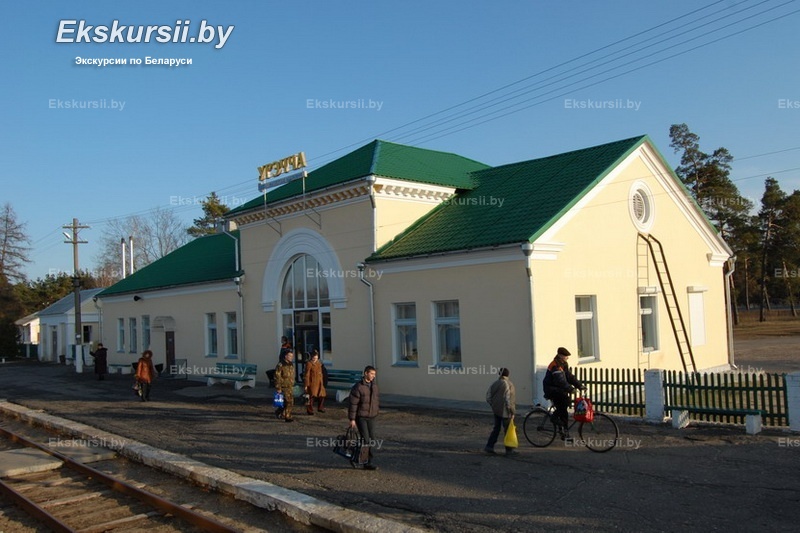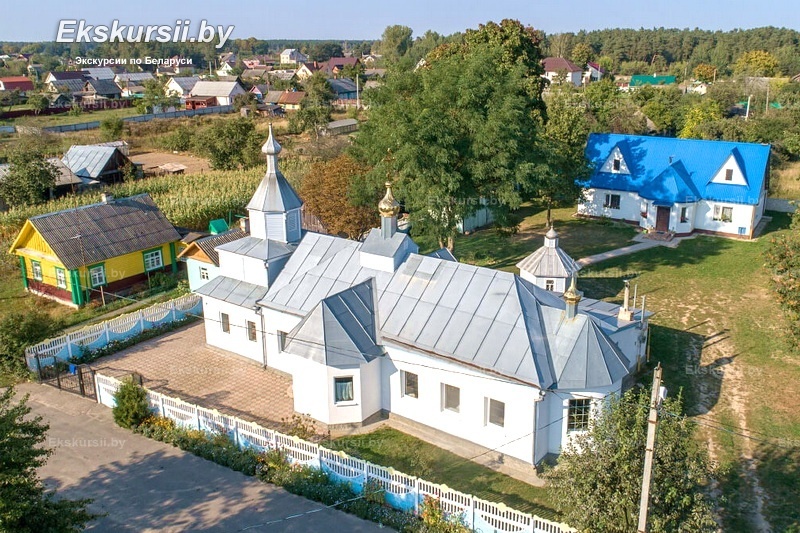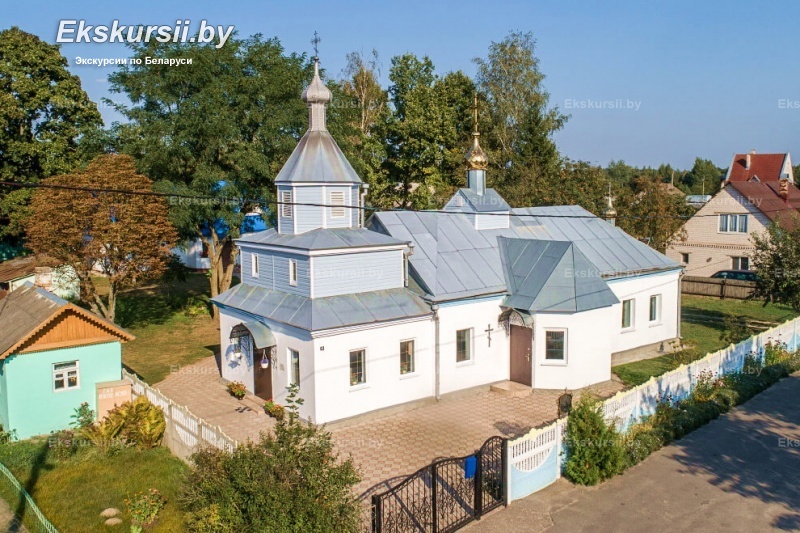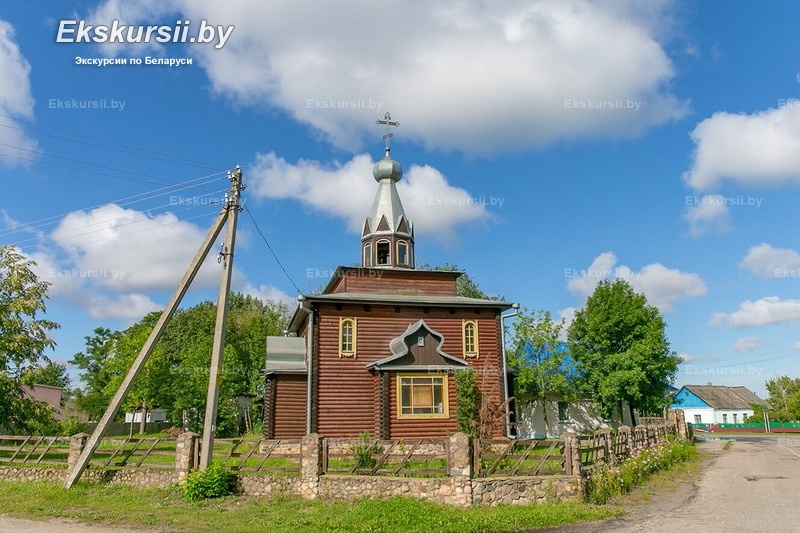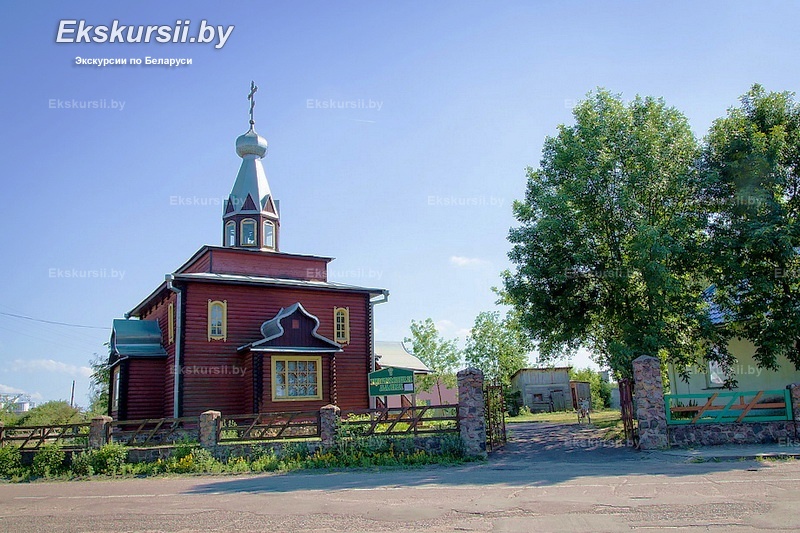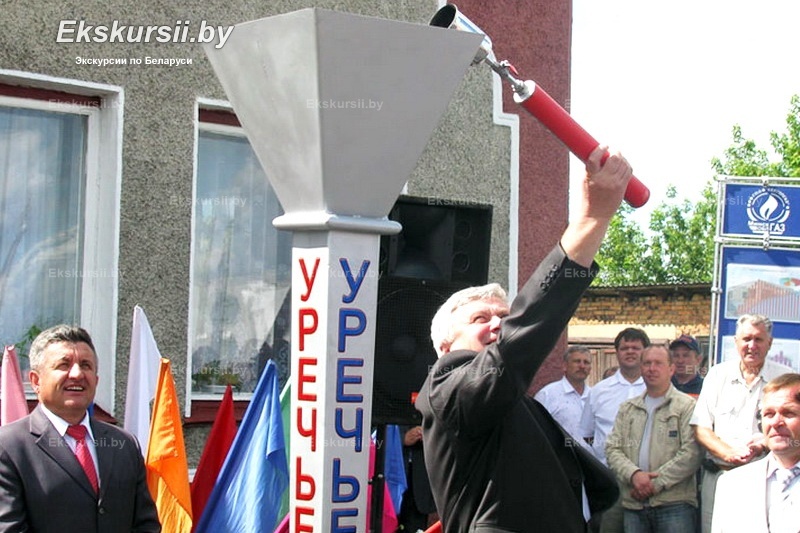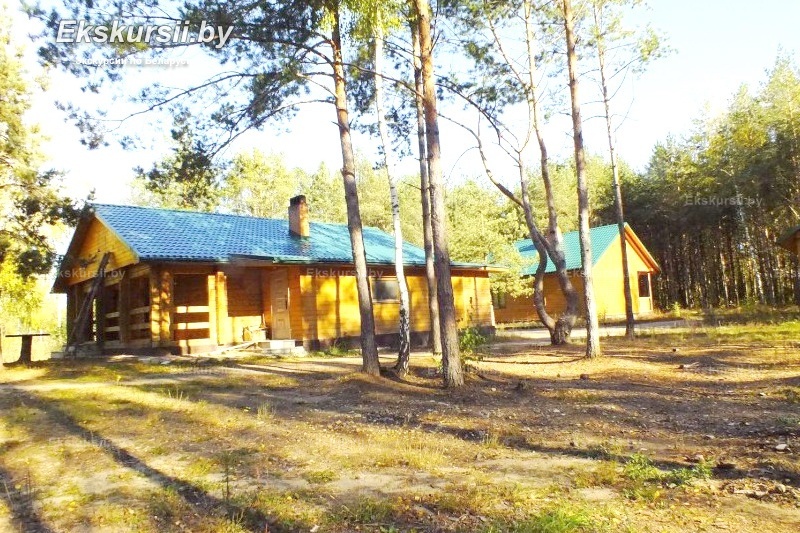History of the development
The first mention of the Urechye refers to 1635. At that time, the nearest land belonged to the Olelkovic family. Then Radziwills owned the settlement. XVIII century was a time of prosperity for Urechye. In 1737, the Radziwills decided to build a manufactory for the production of glass products. They entered into an agreement with the craftsmen of the Centenberg factory (Saxony), according to which they pledged to come to Urechye and work there, in parallel teaching the local people their skills. All capable Belarusians came to study: serfs, free workers.
Over time, the number of foreign masters decreased. By 1764, only one was left. This manufactory was not the only one in the field of glass-making, in Naliboki a similar one was already operating. But there more attention was paid to glassware, while in Urechye they relied on window glass and mirrors. In addition, the production of manufactured tile.
In 1846 Urechye manufactory closed. What was the cause is not exactly known. Perhaps this form of production was outdated and perhaps policy of the Russian Empire influenced this decision. Since that time, Urechye was just a place, which in 1924 became part of the Lyuban district. During the Great Patriotic War, a partisan zone was created here, which until the end of the war, with varying success, was controlled by partisans. Life was hard for residents during this time. But after the war everything was restored. Today, Urechye is an urban settlement that continues to evolve.
Today, in the urban village of Urechye, there are three large enterprises: branch of distillery RUP «Minsk Kristall», SEC «Urechsky» and bakery. The first plant producec alcoholic beverages, apple juice, carbon dioxide and rectified spirit. SEC «Urechsky» engaged in livestock meat and dairy, as well as the cultivation of grain, potatoes, corn and rapeseed.
Tourism potential
Church of Sts. Cyril and Methodius and the Church of Sts. Nicholas are main architectural monuments of the urban settlement. Both were built in the XXth century. Browar is a monument of the XIX century. House of Culture deals with oopularization of culture, as well as library and the music school, which actively carry out various activities and seek to comprehensively develop the inhabitants of the urban settlement. For recreation of tourists there is an opportunity to use the services of a recreation center or an agrofarm. Tourists can use the services of a recreation center or an farmstead for recreation purposes.
